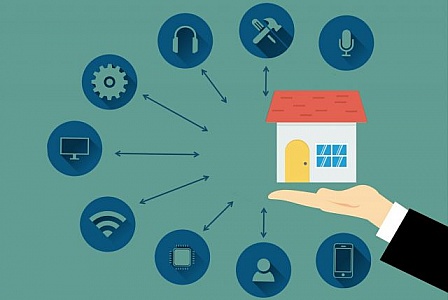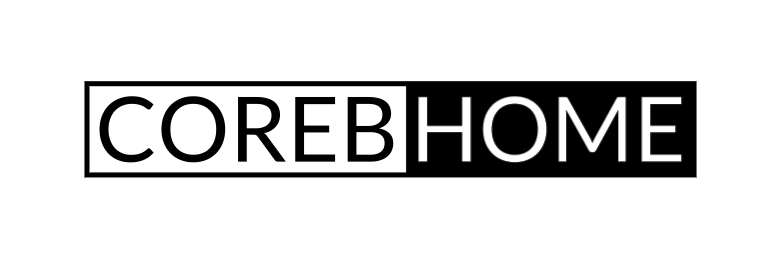In the dynamic realm of home technology, the evolution of home security stands out as a testament to the relentless pursuit of safety and peace of mind. Over the years, technological innovations have not only redefined the landscape of residential protection but have also elevated the concept of a secure home to unprecedented heights. From cutting-edge surveillance systems to intelligent access controls, the integration of professional-grade home security technologies has become synonymous with safeguarding our most cherished spaces.

Central to the paradigm shift in home security is the deployment of advanced video surveillance systems. Gone are the days of grainy, inconclusive footage; today’s high-definition cameras deliver crisp images and real-time video streams, enabling homeowners to monitor their property with unparalleled clarity. These cameras, equipped with features such as infrared night vision and pan-tilt-zoom capabilities, provide comprehensive coverage day and night. The integration of artificial intelligence (AI) in surveillance systems has further refined their functionality, allowing for automated object recognition and behavior analysis, significantly reducing false alarms and enhancing the system’s ability to distinguish between routine activities and potential security threats.
Smart access control has emerged as a pivotal component in fortifying the entry points of modern residences. The conventional lock and key have given way to intelligent locking mechanisms, seamlessly integrated into home automation systems. Biometric authentication, ranging from fingerprint recognition to facial scans, adds an additional layer of security, ensuring that only authorized individuals gain access. These systems often interface with mobile applications, granting homeowners the ability to remotely manage and monitor access, thereby enhancing overall control over who enters their premises.
Intrusion detection systems, a cornerstone of comprehensive home security, have witnessed substantial advancements. Modern systems employ a network of sensors strategically placed throughout the property to detect unauthorized entry attempts. The integration of contact sensors on doors and windows, motion detectors, and glass break detectors creates a multi-tiered defense mechanism. Instantaneous alerts are relayed to homeowners, security personnel, or law enforcement, allowing for swift response in the event of a security breach.
The digital landscape of smart homes brings with it the imperative to safeguard against cyber threats. As homes become more interconnected through the Internet of Things (IoT), securing the network infrastructure becomes paramount. Robust encryption protocols, secure Wi-Fi networks, and regular software updates are essential to shield smart home devices from potential vulnerabilities. A holistic approach to security must encompass both physical and digital defenses to ensure the integrity of the entire home automation system.
Video doorbell systems, a testament to the convergence of physical and digital security, have become integral to modern home protection. These devices, equipped with cameras and two-way communication features, allow homeowners to remotely interact with and visually verify the identity of visitors. Whether at home or away, residents can maintain control over their property, enhancing security and convenience in tandem.
The integration of mobile applications has become a defining feature of contemporary home security systems. Homeowners can remotely monitor and control their security infrastructure through user-friendly interfaces, receiving real-time alerts and updates. The ability to arm or disarm security systems, check camera feeds, and receive notifications directly on smartphones empowers residents with unprecedented control and awareness over their home security.
Environmental monitoring has emerged as an additional layer of protection within comprehensive home security systems. Smart sensors can detect changes in temperature, humidity, and air quality. This not only enhances the safety of residents by alerting them to potential hazards such as fires or gas leaks but also contributes to the overall well-being and comfort of the living environment.
The collaboration between various smart home devices marks a significant advancement in the pursuit of a comprehensive home security approach. An interconnected ecosystem allows different security components, from cameras to access control systems, to communicate seamlessly. This collaborative synergy ensures a more intelligent and responsive defense mechanism, where various elements work in harmony to create a comprehensive security net.
Looking towards the future, the trajectory of home security technologies points to even more sophisticated and proactive systems. Advancements in machine learning, AI, and sensor technologies will undoubtedly contribute to the refinement of security measures. As the industry progresses, there will be a growing emphasis on creating intuitive and user-friendly interfaces, making advanced security measures accessible and manageable for a broader demographic.
In conclusion, the continual evolution of home security technologies reflects a commitment to redefining the boundaries of safety within our living spaces. The integration of AI, smart access controls, and state-of-the-art surveillance systems has elevated the notion of a secure home to unprecedented levels. As technology continues to advance, these innovative security measures stand as sentinels, ensuring that our homes remain bastions of tranquility and safety in an ever-changing world.









No Comment